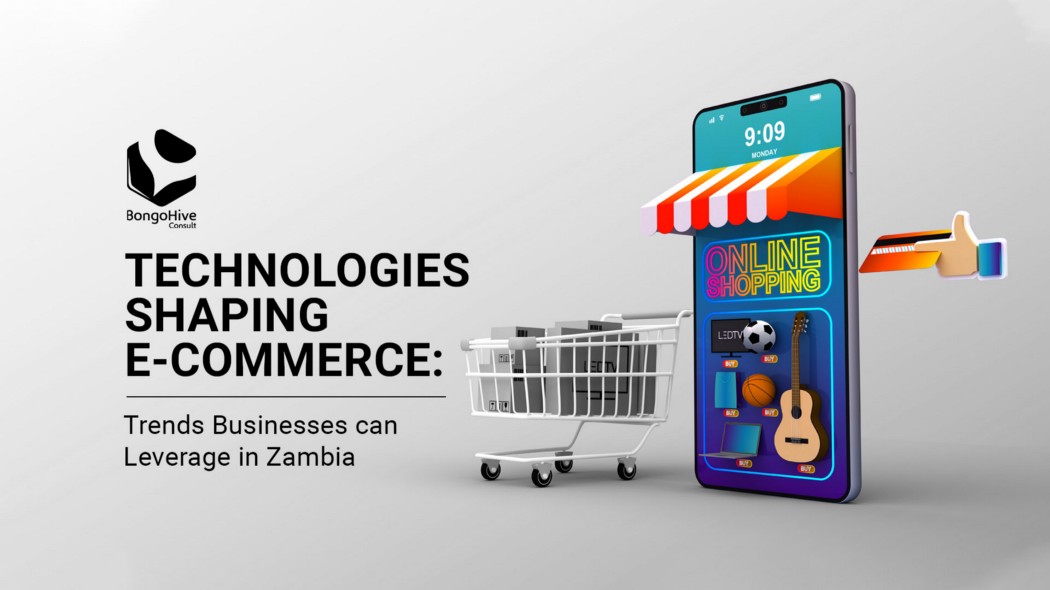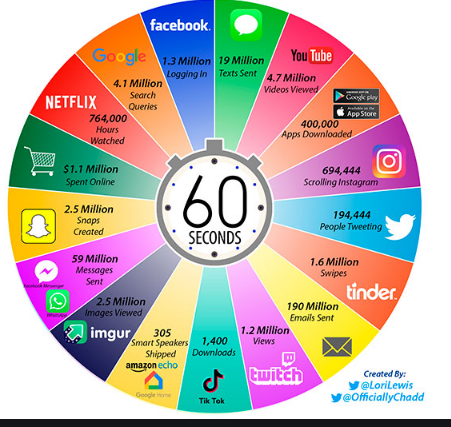
Trends Businesses can Leverage in Zambia
The way products are marketed took a major leap forward following the coronavirus outbreak. The uncertain times have called for a call for a quick shift in marketing and distribution plans. Many businesses have had to evolve from in-person sales to conducting business online. Consumers have also resorted to online shopping as a safer and convenient way to gather their essentials. A survey that was conducted by the Best of Zambia shows that 98% of the sampled population would like to do more online shopping in Zambia if the right conditions such as training on how to effectively shop online, are set.
Let us review some of the eCommerce technology trends to explore as we navigate the new normal.
Mobile shopping
Mobile shopping has become a big part of modern e-commerce. Although some customers may still shop with their laptop or desktop computers, the number of users shopping on their mobile phones is steadily increasing. There are about 4.43 million internet users in Zambia, which signifies the number of people who are likely to shop online. You can take advantage of this statistic to leverage app shopping.
App shopping is convenient for consumers and provides a more immersive shopping experience. The immersive nature of apps causes users to spend more time browsing products and interacting with your brand; thereby creating more opportunities for sales and conversions. The fact that a consumer has downloaded your app is commitment enough to your brand. Your role is to provide a satisfactory shopping experience by having an app that is easy to navigate.
You can also save your retailers from a flooded inbox by delivering a targeted message through push notifications.
For example, you can send a notification reminding your customers to purchase items they have abandoned in their shopping cart. Sending such a push notification can potentially lead to a checkout especially if a discount or incentive is offered.
Apps are a powerful tool in improving the overall shopping experience and increasing customer retention
Mobile wallets
Mobile payment is any form of payment made through a mobile device. Enabling your customers to use a mobile wallet functionality is essential in providing an easy payment process. This, in turn, offers a better customer experience which leads to customer retention. It is essential for retailers to offer a variety of payment options to cater to the broadest possible audience with different preferences. Kazang Zambia, a supplier of point of sale terminals recently announced that it has partnered with Pick ’n’ Pay to allow customers to pay for their items and other services using mobile money. This is a development that will cater to a set of buyers who do not want to handle cash or debit/cards.
Mobile wallet technology has evolved over time, providing for other forms of payment apart from the most common one where buyers enter their credit or debit card details into an online form during checkout. For example, payment services like PayPal allow users to save their details with a third party. To process payment, users simply have to log in and authorise payment. Other contactless payments like tap-to-pay, Google and Apple pay are also growing in popularity. Absa Bank Zambia recently launched a contactless technology on its Vertical Debit Cards. This feature allows customers to pay for their goods and services by simply tapping on a contactless-enabled payment terminal without the need to insert, swipe or type.
These are some of the trending mobile wallets which will definitely continue even in the post-pandemic environment to transform how customers pay for services.
Augmented reality and Virtual reality
Augmented reality (AR) and virtual reality (VR) make it possible for customers to experience products without physically interacting with them. Retailers do not have to worry about the challenge of customers shunning away from online shopping because they have not seen items physically. With AR and VR, customers can virtually experience products, setting realistic customer expectations. For example, a 3D visualisation tool like Total Immersion for businesses in home decor, allows customers to place objects and furniture within real spaces in their own living room.
AR and VR are bridging the gap in product visualization; leading to a more personalized and interactive online shopping experience. Integrating AR and VR within your website or mobile app can help your business boost sales.
Read more on how we used AR to help a client showcase a 5 Year financial road map.
Social media

As reported by DataReportal, there are about 2.30 million social media users in Zambia as of January 2020. This signifies that businesses can actually tap into the massive pool of potential customers if they harness social media as an online selling tool.
Leveraging social media platforms should be a significant part of your eCommerce strategy if you are keen on building brand awareness, driving traffic to your site and making sales. Social media provides an omnichannel shopping experience where consumers can now buy products directly from social websites by simply clicking on a product without having to leave the platform.
Take advantage of the existing online platforms such as Facebook Shops and Instagram for Business. Capitalising on social media to enhance your marketing strategies is inevitable.
Chatbots
A chatbot is a computer program that simulates a human conversation. It instantly communicates with customers and can resolve their challenges among multiple platforms 24/7. Chatbots can take care of a wide range of services right from customer service to generating leads for the business. The most important thing to consider is to have a conversational chatbot that will not just send an automated response. With a limit to human interaction in stores, you can integrate a chatbot on your website or on your social media platforms to create a personalized and interactive online shopping experience.
These e-commerce technology trends are impacting the way consumers make purchasing decisions. Being in tune with changing consumer needs and capitalizing on the right e-commerce technology can keep your business afloat even in this crisis.
Now that you know what e-commerce trends you can capitalise on, identifying the right technology for your business is the next step! Do you need guidance in this process? Let us talk.
 BongoHive
BongoHive